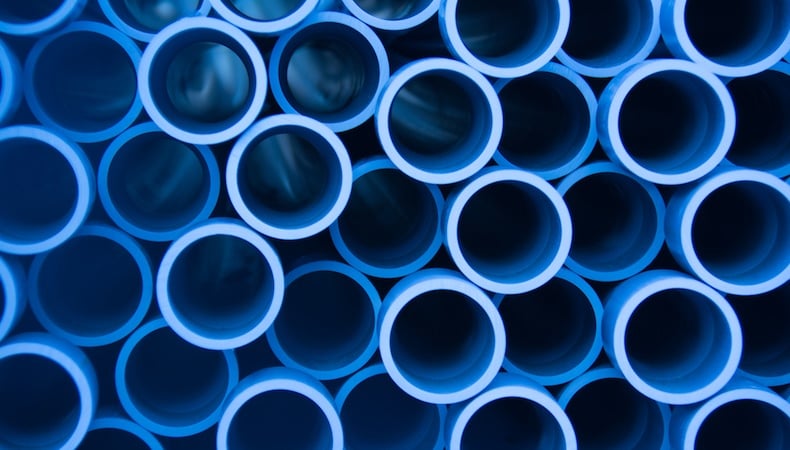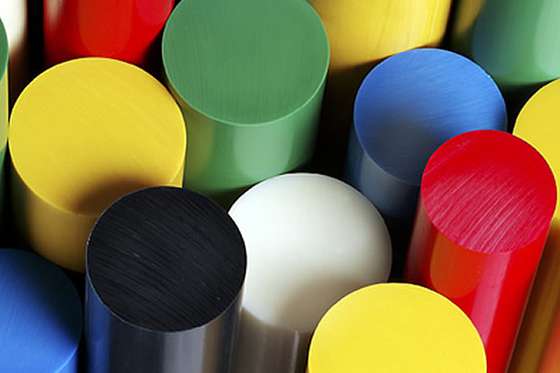Engineering plastics and specialty plastics are two different types of materials used for a variety of industrial applications. It is important to understand the difference between these two materials in order to select the most appropriate material for your project. In this article, we will explore what engineering plastics and specialty plastics are, how they differ, and their respective advantages and disadvantages. We will also discuss the various industries that make use of these two materials.
Engineering and Specialty Plastics

Engineering plastics and specialty plastics are two different types of materials that are used in a variety of applications. The main difference between the two is their performance characteristics. Engineering plastics are designed to offer high strength, stiffness, and resistance to heat, wear, and chemicals. They are commonly used in industries such as automotive, aerospace, and medical devices.
On the other hand, specialty plastics are designed for specific applications where unique properties are required. These properties may include biocompatibility for medical implants or fire resistance for electrical components. Specialty plastics often have unique molecular structures that allow them to exhibit these specialized properties.
Both engineering and specialty plastics play important roles in modern manufacturing processes. Understanding the differences between these materials can help engineers choose the right plastic for their application needs while considering factors such as cost, durability, safety requirements, and environmental impact.
Engineering Plastics Overview
Engineering plastics are specialty polymers that offer high-performance characteristics such as strength, rigidity, and durability. These materials are designed to withstand high temperatures, abrasion, impact and chemical resistance. Engineering plastics are usually used in applications where traditional plastic materials fail to provide the required mechanical properties. These include automotive parts, electronic components, medical devices, and aerospace technology.
Specialty plastics, on the other hand, refer to a broader range of plastic materials designed for niche applications. They can be natural or synthetic and have unique properties like flame retardancy or UV resistance. Specialty plastics are typically used in industries like packaging (e.g., food packaging), construction (e.g., insulation), and consumer goods. Unlike engineering plastics that require specialized processing techniques due to their complex nature and unique chemistry of additives.
In summary, while both types of plastic have different purposes based on their characteristic features they possess when it comes to manufacturing or product design but engineering plastics prove to be more suited for heavy-duty applications due to their superior mechanical properties compared to specialty plastics which is meant for less demanding tasks due to its cost-effectiveness.
Advantages of Engineering Plastics

Engineering plastics are a type of plastic that is designed to have improved mechanical and thermal properties over standard or commodity plastics. These types of plastics are used in applications where high performance, durability, and resistance to wear and tear are necessary. Engineering plastics possess excellent strength-to-weight ratios, good dimensional stability, low friction coefficient, and high impact resistance.
One of the main advantages of engineering plastics is their versatility. They can be customized to meet specific needs through modifications such as fillers or reinforcement with fibers. This allows for unique combinations of properties that can be tailored to a wide range of applications. Additionally, engineering plastics offer superior chemical resistance compared to traditional materials like metals or ceramics.
Another advantage is their cost-effectiveness. While specialty plastics may have even greater performance properties than engineering plastics, they often come at a higher cost due to their complex manufacturing process and limited applicability. Engineering plastics provide more balanced benefits between functionality and affordability for many industrial uses without sacrificing quality or performance capabilities.
Specialty Plastics Overview
Specialty plastics refer to a range of materials with unique properties, typically used for highly specific applications. Unlike engineering plastics, which are designed to offer a balance of strength and durability, specialty plastics serve highly specialized purposes. These materials may be engineered to have specific resistance to heat, chemicals or UV light exposure. They can also incorporate flame-retardant additives or be formulated to reduce static electricity.
One key advantage of specialty plastics is their ability to provide high performance in demanding environments. For example, medical device manufacturers may use biocompatible thermoplastic elastomers that resist cracking when exposed to harsh sterilization processes. In the automotive industry, plastic components may require high temperature resistance and superior dimensional stability in order to withstand engine heat and vibration.
Overall, the distinction between engineering plastics and specialty plastics ultimately depends on the application requirements. While engineering plastics offer general-purpose performance across multiple industries, specialty plastics cater specifically towards unique needs where standard materials fall short.
Advantages of Specialty Plastics
Specialty plastics are high-performance materials that offer several advantages over traditional engineering plastics. One of the primary benefits of specialty plastics is their ability to withstand extreme temperatures, making them ideal for use in harsh environments such as the automotive and aerospace industries. Additionally, specialty plastics have superior chemical resistance, which allows them to maintain their strength and durability even when exposed to harsh chemicals or corrosive substances.
Another advantage of specialty plastics is their excellent electrical insulation properties. This makes them an ideal material for electronic components such as circuit boards and connectors. Specialty plastics also have higher tensile strength than traditional engineering materials, which means they can withstand greater amounts of stress before breaking or deforming.
Overall, the use of specialty plastics offers a range of benefits over traditional engineering materials. From their exceptional temperature resistance and chemical resistance to their superior electrical insulation properties and high tensile strength, specialty plastics are an excellent choice for applications that require durable, high-performance materials.
Differences Between Engineering & Specialty Plastics
Engineering plastics and specialty plastics are two types of polymers that have unique properties and characteristics. Engineering plastics are thermoplastic materials that are designed to withstand high temperatures, stress, and impact. They offer excellent resistance to wear, chemicals, and UV radiation. These attributes make engineering plastics ideal for use in a wide range of applications such as automotive parts, consumer electronics, medical devices, and industrial machinery.
Specialty plastics, on the other hand, are highly specialized polymers designed for specific applications. They may have unique properties such as biodegradability or extreme temperature resistance that make them useful in niche markets. Specialty plastics can be made from different materials including natural fibers like bamboo or hemp or synthetic materials like polylactic acid (PLA) or polyvinyl chloride (PVC). Some examples of specialty plastic products include compostable food packaging made from PLA or PVC window frames with excellent insulation properties.
The differences between engineering and specialty plastics lie in their composition and characteristics. While both types of plastic offer specific advantages over traditional materials like steel or aluminum, they differ in terms of their manufacturing processes, intended uses, and overall durability.
In conclusion, engineering plastics and specialty plastics have a few differences that set them apart from each other. Engineering plastics are designed to meet demanding requirements such as high strength, heat resistance, and chemical resistance. They are commonly used in industries like automotive, aerospace, and electrical. On the other hand, specialty plastics are more focused on specific properties such as flexibility or biodegradability. They often find their use in niche applications like medical devices or food packaging.
It’s worth noting that both types of plastics play an important role in modern manufacturing processes. Engineers can leverage the unique properties of these materials to create products with enhanced performance characteristics. As demand for environmentally-friendly solutions continues to grow, it’s likely we’ll see a rise in the use of bio-based specialty polymers in a variety of applications – especially those related to reducing plastic waste and microplastics pollution.
